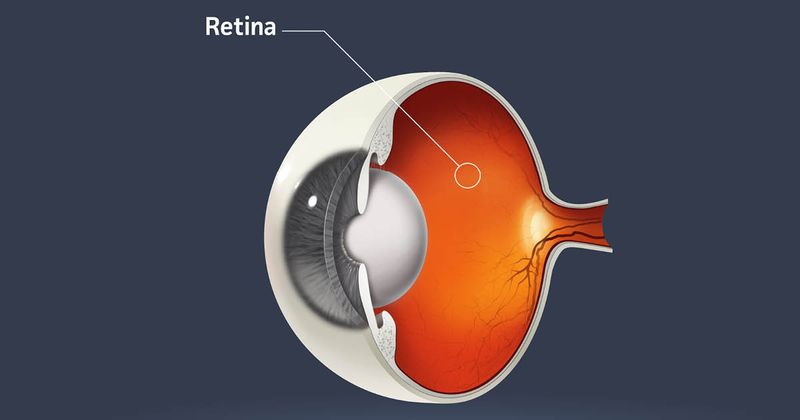Teleretinal imaging may increase diabetic retinopathy screening rates in at-risk groups
Key takeaways:
- Clinics that offered teleretinal imaging programs had higher diabetic retinopathy screening rates.
- During the pandemic, the decrease in screenings was greater in clinics without teleretinal imaging.
NEW ORLEANS — The incorporation of a teleretinal imaging program into primary care clinics may improve diabetic retinopathy screening, according to a poster here.
“The purpose of this was to evaluate how these teleretinal imaging programs can affect disease rates, screenings, etc,” Pachely Mendivil-Aguayo told Healio/OSN. “We saw that over 2019 through 2022, these TRIP clinics that had the capability of taking the fundoscopy pictures had higher screening rates as compared to non-TRIP clinics. Having this ability to take fundoscopy photos essentially increases the rate at which clinics screen for diabetes and diabetic retinopathy.”

Image: Adobe Stock
In the retrospective study, Mendivil-Aguayo and co-authors compared diabetic retinopathy (DR) screening rates at primary care clinics with and without the teleretinal imaging program (TRIP) across the University of New Mexico Health System from August 2019 to October 2022. The analysis included TRIP patient demographics, number of screens and DR rates since November 2013.


Between 2013 and 2022, 2,001 TRIP screenings were performed; 63.8% of patients identified as Latin American/Hispanic, and 51% were women.
“TRIP detected rates of 31% any stage DR, 7% referrable DR and 20% all referable disease,” the poster said.
During the COVID-19 pandemic, screening volume decreased by 90% and returned to pre-pandemic levels in 2022. Before the pandemic, TRIP was used to screen 300 to 500 patients each year.
“Screening rates at clinics with TRIP capabilities or teleretinal capabilities had higher screening rates for diabetic retinopathy at all time points, especially through the pandemic, compared to primary care clinics without TRIP capabilities,” Michael Miera told Healio/OSN.
In clinics that offered TRIP, screening rates decreased from 39% in 2019 to 29% in 2022, while in non-TRIP clinics, the decrease was 31% to 17%.
The authors noted that screening rates were nearly doubled in patients insured by Humana, suggesting that other factors likely play a role in screening levels.
“In this particular at-risk population — our population was about 64% Hispanic — I think it’s important to continue to try and increase screening rates as much as possible to prevent any progression of diabetic retinopathy and other diseases as well,” Mendivil-Aguayo said.






